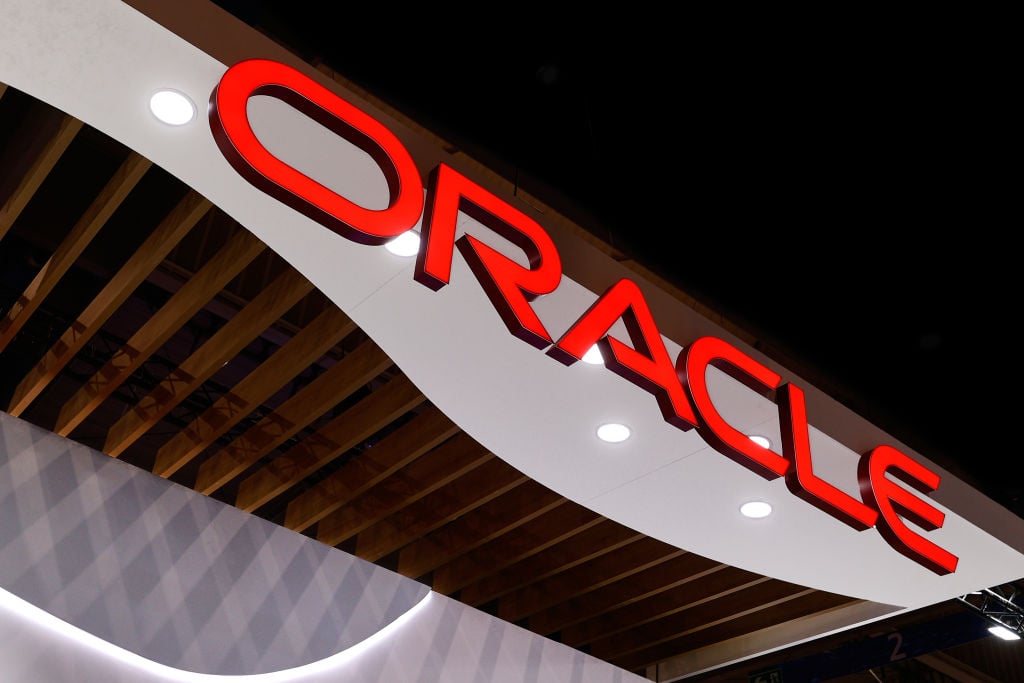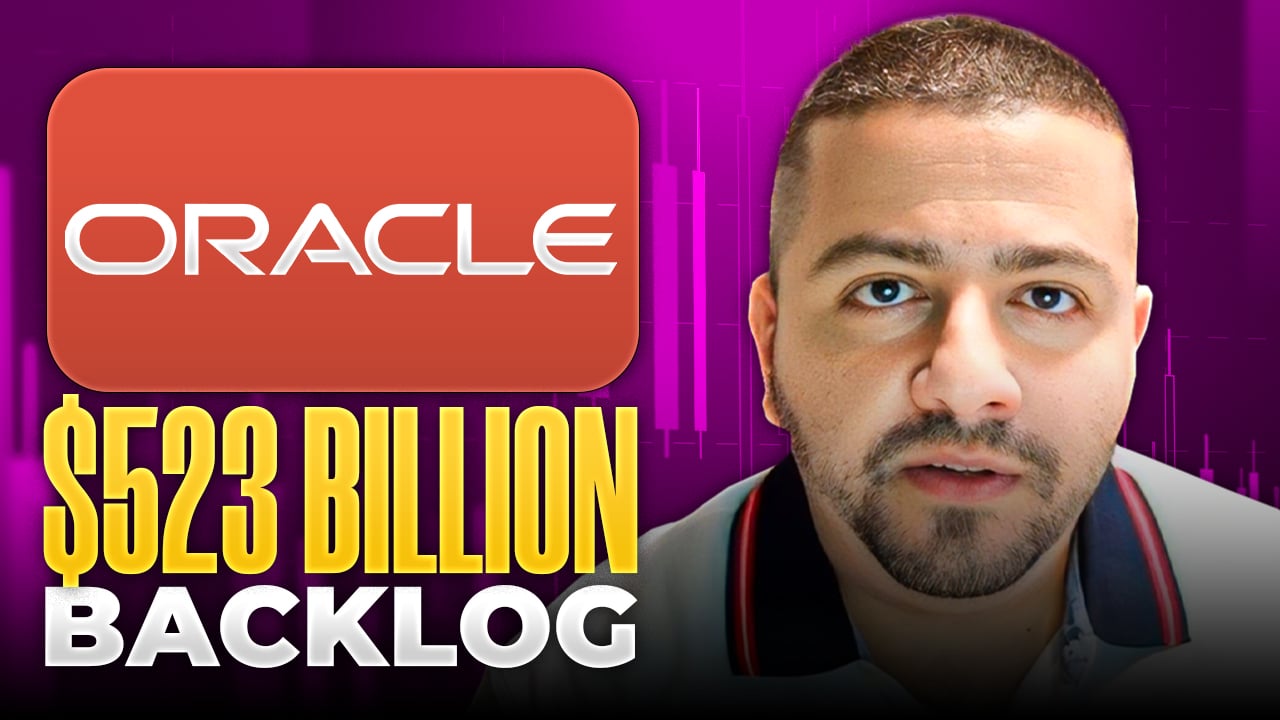Once upon a time, investors didn't think it was possible for stocks to reach a $1 trillion market cap. Even today, the club is pretty exclusive. Warren Buffett's Berkshire Hathaway is on the list, as well as every stock in the Magnificent Seven and Broadcom, too.
There is also now a group of stocks closing in on the $1 trillion club. Two of those are the cloud giant Oracle (ORCL +1.31%) and the largest bank in the U.S., JPMorgan Chase (JPM 1.44%). The two giants run very different businesses in different sectors. Oracle currently has a market cap of $787 billion, while JPMorgan Chase is at roughly $862 billion. Which one will join the $1 trillion club first?

Image source: Getty Images.
JPMorgan Chase: A boring bank investing heavily in tech
While JPMorgan Chase is investing heavily in artificial intelligence, it's still viewed as a boring bank, which can be a good thing when banks go about their business and generate strong returns. Banks tend to be in the headlines the most these days when they are failing. When it comes to the larger banks in the United States, JPMorgan Chase is considered best in breed, led by its longtime CEO Jamie Dimon.
JPMorgan Chase runs one of the top investment banking units and trading businesses in the world. The bank also runs top consumer and commercial lending divisions and a large and growing payments business that has become a real bright spot for the company. According to the FDIC's deposit market share report, JPMorgan has grown its U.S. deposit market share from slightly above 7% in mid 2008 to nearly 11.8%, as of June of this year. Furthermore, the JPMorgan Chase's goal is to bank 15% of all U.S. consumer deposits.

NYSE: JPM
Key Data Points
Although growth at banks is limited by regulatory capital requirements, JPMorgan is now investing $18 billion annually into tech, with plans to push the bounds of AI and use it to make its banking business more appealing to consumers and businesses. The results have been dazzling, with the bank targeting a 17% return on tangible common equity (ROTCE) through the economic cycle.
The stock has been awarded, up over 48% in the past year and roughly 220% in the past five years. The stock now trades at a peer-leading three times tangible book value per share, or a bank's net worth, which is extremely high for such a large bank.
Oracle: Emerging as a premier AI cloud player
Having gone public in 1986, Oracle has been a late entrant into the lucrative cloud business. But that didn't deter the company from playing a significant role in the artificial intelligence revolution, for which the cloud infrastructure is key.
On its website, Oracle says that its Oracle Cloud Infrastructure (OCI) division is the only one to provide access to physical servers with graphics processing units (GPUs) from both Nvidia and AMD. Oracle also leads the way with 101 cloud regions, which are geographic areas where the company operates clusters of data centers. Oracle also recently raised $18 billion of debt as it prepares to build and equip more data centers specifically tailored for AI clients.

NYSE: ORCL
Key Data Points
In Oracle's recent quarterly results, the company reported an astounding total remaining performance obligations (RPOs) of $455 billion, up 359% year over year, sending the stock soaring. The company said it signed four multi-billion-dollar deals in its recent quarter and expects several more to materialize over the next few months, bringing RPOs to over half a trillion dollars. Management also guided OCI to grow revenue by 77% to $18 billion in the company's current fiscal year. Over the next four years, revenue in this division will increase to $32 billion, $73 billion, $114 billion, and $144 billion, respectively, most of which is already reflected in RPOs.
Who will hit $1 trillion first?
Both Oracle and JPMorgan trade at fairly high multiple compared to their average over the past two years, with Oracle now trading at 40 times forward earnings and JPMorgan at 16 times forward earnings.
If the AI infrastructure spending boom continues, Oracle will likely be the first to get to $1 trillion, as I expect the company to grow faster than JPMorgan, which will be more of a slow burn. However, JPMorgan could begin to run again if the Federal Reserve cuts interest rates more than expected, assuming the economy doesn't tip into a harsh recession. Lower rates could steepen the yield curve, which will benefit the company's lending business, and continue to reignite the IPO market, which JPMorgan's investment banking division can take advantage of.
Ultimately, I think both companies are well positioned for the future and will eventually be $1 trillion stocks. However, they both trade at high valuations, so I'd recommend dollar-cost averaging.





